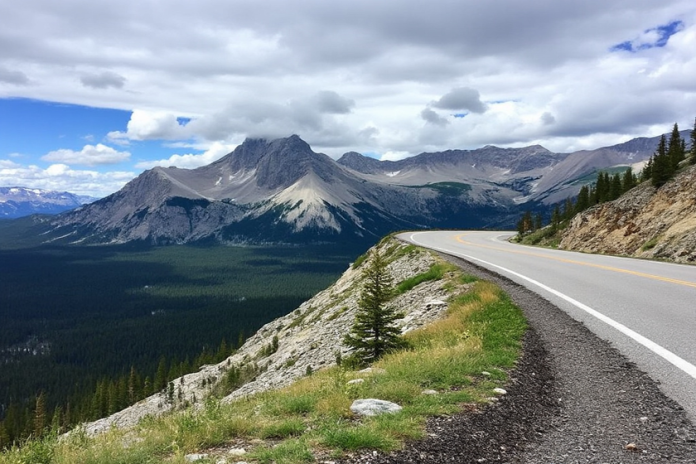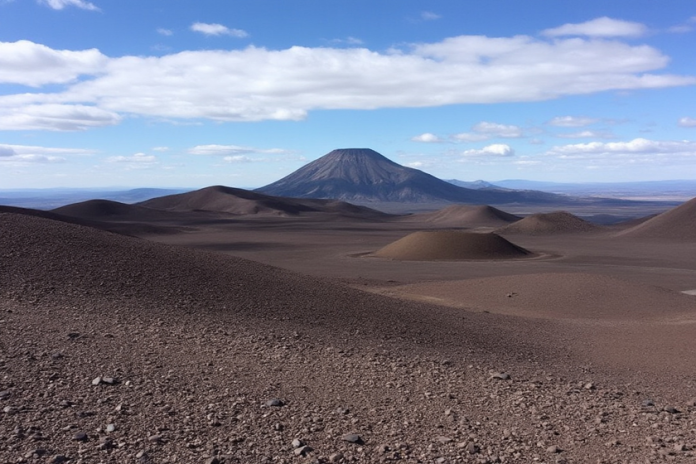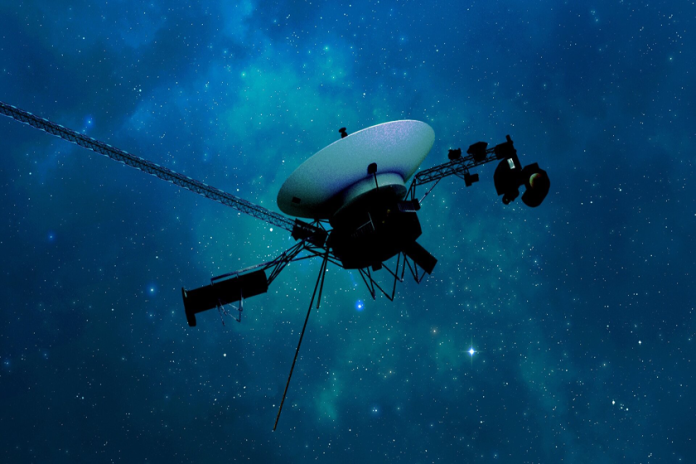Voyager 1, NASA’s iconic spacecraft and humanity’s most distant object, has resumed sending usable data back to Earth after a five-month hiatus.
At 47 years old, the Voyager 1 probe is the oldest currently operational deep space mission, and in it’s time, has traveled all the way through our solar system and out into the interstellar space that lies beyond the influence of our sun.
The spacecraft, which is currently more than 24 billion km (15 billion miles) away from Earth, stopped transmitting readable science and engineering data on November 14, 2023, despite continuing to receive commands and operate normally.
The Issue and Resolution:
The problem was traced to a malfunctioning chip in one of Voyager 1’s three onboard computers, specifically the flight data subsystem (FDS).
This chip was responsible for storing a portion of the FDS memory, including crucial software code.
Unable to repair the chip, NASA engineers devised an innovative solution:
1. They divided the affected code into sections.
2. These sections were stored in different locations within the FDS memory.
3. The code was adjusted to ensure all parts functioned cohesively.
4. References to the code’s location in other parts of the FDS memory were updated.
Current Status and Next Steps:
As of April 20, 2024, Voyager 1 has begun returning usable engineering data, allowing the team to check the spacecraft’s health and status for the first time since November. The next objective is to enable Voyager 1 to resume transmitting science data. The team will continue to relocate and adjust other affected portions of the FDS software in the coming weeks.
Voyager Mission Overview:
Launched in 1977, Voyager 1 and its twin, Voyager 2, have been exploring space for over 46 years. They are the only spacecraft to have directly sampled interstellar space, the region outside the heliosphere. Voyager 1 entered interstellar space in 2012 and continues to provide valuable data about this unexplored region.
The Voyager probes’ longevity is remarkable, considering their age and the harsh conditions of space. Their power comes from radioisotope thermoelectric generators (RTGs), which convert heat from decaying plutonium into electricity. As these generators produce slightly less power each year, engineers continually develop strategies to extend the missions’ lifespans.
While Voyager 1 has overcome this recent challenge, it serves as a reminder of the spacecraft’s age and the incredible feat of engineering that allows it to continue operating and communicating from the edge of our solar system.
First Human-Made Object in Interstellar Space:
Voyager 1 became the first human-made object to leave the heliosphere and enter interstellar space, traveling more than 11.6 billion miles (18.6 billion kilometers) from the sun. This unprecedented feat expanded the boundaries of human exploration beyond our solar system.
Scientific Discoveries:
The spacecraft’s journey provided crucial data about the structure and properties of the heliosphere, the protective bubble created by the sun’s magnetic field and solar wind. Voyager 1’s observations revealed that the heliopause, the boundary between the heliosphere and interstellar space, is much thicker and more complex than previously thought.
Interstellar Medium Characteristics:
Voyager 1’s instruments have been measuring interstellar magnetic fields, particles, and plasma waves, offering the first direct sampling of the interstellar medium. These measurements have shown that the interstellar environment is more dynamic and influenced by the sun than expected, challenging previous assumptions.
Technological Achievement:
The longevity and continued functionality of Voyager 1, launched in 1977, demonstrate remarkable engineering and technological prowess. The spacecraft continues to transmit valuable data across vast distances, with signals taking more than 17 hours to reach Earth.
Cosmic Perspective:
Voyager 1’s “Pale Blue Dot” photograph, taken from about 3.7 billion miles away, provided a profound visual representation of Earth’s place in the cosmos, inspiring philosophical reflections on humanity’s position in the universe.
Ongoing Scientific Value:
Even after a decade in interstellar space, Voyager 1 continues to send back valuable data, contributing to our understanding of cosmic rays, the nature of the interstellar medium, and the sun’s influence beyond the solar system.
The entry of Voyager 1 into interstellar space represents not only a triumph of human ingenuity and exploration but also an ongoing source of invaluable scientific data, reshaping our understanding of the cosmos beyond our solar system.





